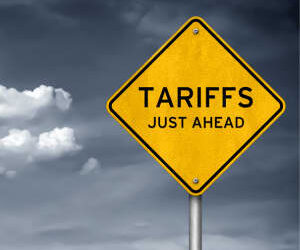Historically retail investors have tended to invest in hybrids directly, but there’s a compelling case to be made for investing through a diversified managed fund – especially one that is actively managed.
David Bassanese*
Due to their attractive franked income returns, usually relatively low capital volatility, and ready availability through the Australian Securities Exchange (ASX), hybrid securities have been a popular choice with Australian retail investors over recent years.
Indeed, as seen in the chart below, for only modestly greater downside return volatility in recent years, hybrids have been able to offer notably better income returns than Australian cash or traditional bond exposures. And while equities, such as Australian bank stocks, have provided higher income returns, their downside return volatility has been considerably greater.
BetaShares Active Australian Hybrids Fund (managed fund) (ASX Code: HBRD), for example, targets a level of volatility less than one-third of that historically displayed by the Australian equities market. Over time, HBRD also expects to deliver net returns after fees and expenses that exceed the RBA cash rate by at least 2.5% per year, plus franking credits.
That said, while historically retail investors have tended to invest in hybrids directly, there’s also a strong case to be made for investing through a diversified managed fund – especially one that is actively managed.
Diversification
The first reason is diversification. A managed fund allows investors to gain instant diversification across many hybrid issuers – thereby reducing company-specific risk – while avoiding the administrative burden of holding multiple securities.
HBRD, for example, aims to provide diversification through a target holding of usually around 20 to 50 hybrid securities, depending on market conditions.
Liquidity
The second reason to consider hybrid exposure through a managed fund is liquidity. Compared to the equities market, bid-offer spreads to buy and sell hybrid securities tend to be relatively wide. As a result, it can be costly for retail investors to trade between securities. By comparison, professional fund managers tend to able to trade in the hybrids market at tighter spreads – owing to their expertise and greater volumes traded.
Downside Risk Management & Potential Alpha
Due to the relative complexity of hybrid securities, and the relative inefficiency of the market in which they trade, there also appears scope for a skilled active manager to generate extra returns by exploiting market-mispricing opportunities over time. What’s more, HBRD’s specific investment strategy also allows the investment manager to reduce exposure to the hybrids market – shifting funds to lower risk senior bonds or cash – if it assesses the overall market to be overvalued and/or to present heightened risk of capital loss.
To learn more and HBRD and view Fund performance visit – BetaShares Active Australian Hybrids Fund (managed fund)
*David Bassanese is Chief Economist at BetaShares Capital.





